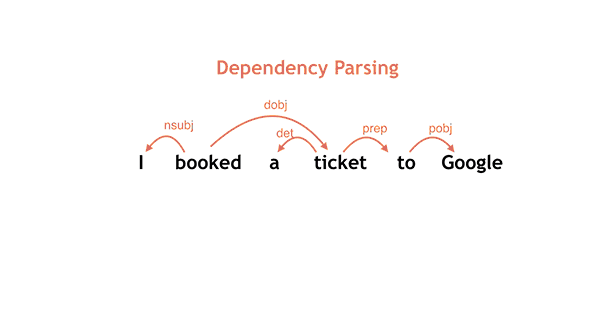Artificial Intelligence happens to be one of the most exciting tech concepts that’s buzzing around Silicon Valley at the moment. Case in point, the recent move on the part of Google to open source Parsey McParseface, or in other words, its parsing model for the English language.
The idea here is to build a computer with enough intelligent qualities built into it to mimic, say a five year old human. Just as the human child starts picking up on the nuances of the language that is being spoken around, the computer too will be brushing up its English skills depending on how its handlers interact with it.
In the entire scheme of things, Parsey McParseface is only the parser that studies the sentence and figures out what is really being implied by it. Also, that’s a weird name for sure that Google has no explanation for, except that they didn’t hit upon anything better. Maybe those involved wished to imply just how complex the topic of AI itself is though the parser itself forms part of what Google refers to as the SyntaxNet, the open-source neural network framework.

The role of the SyntaxNet is to determine the different ways a given sentence can be understood. And it goes about doing that using the concept of neural networks. SyntaxNet tries to find out what different meanings a single sentence might have and assign scores to each. It then comes to a conclusion based on those scores.
As a senior staff research scientist at Google, Slav Petrov explained in a blog post: “Instead of simply taking the first-best decision at each point, multiple partial hypotheses are kept at each step, with hypotheses only being discarded when there are several other higher-ranked hypotheses under consideration.”
For instance, an English sentence like, “Bob is driving the car,” will most likely need no further explanation to a five year old though a computer has to start from scratch. We know Bob refers to a person who is driving the car but the computer will not know that. Similarly, car is something that needs to be driven around and not the other way round. Further, each of the subject – Bob, driving, car – they all can have further attributes and so on that humans will be aware of but not the computer and so on.
However, no matter how complex the entire thing might seem to be, Google is still claiming they have achieved 94 percent accuracy with Parsey on a standard benchmark. For a better perspective, trained linguistics can boast of 96-97 percent accuracy. Parsey is also accurate on about 90 percent of the case with sentences randomly drawn from the web. So it might not be up there as yet but is mighty close.
As for the real world implications with Parsey, it could well be the soul of a digital personal assistant in the not so distant future with far better abilities to deal with humans and their requests or queries. The race has just begun with a lot more to come in the field of AI, that almost a surety.










